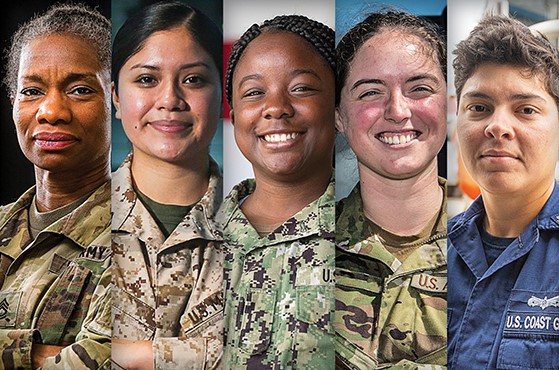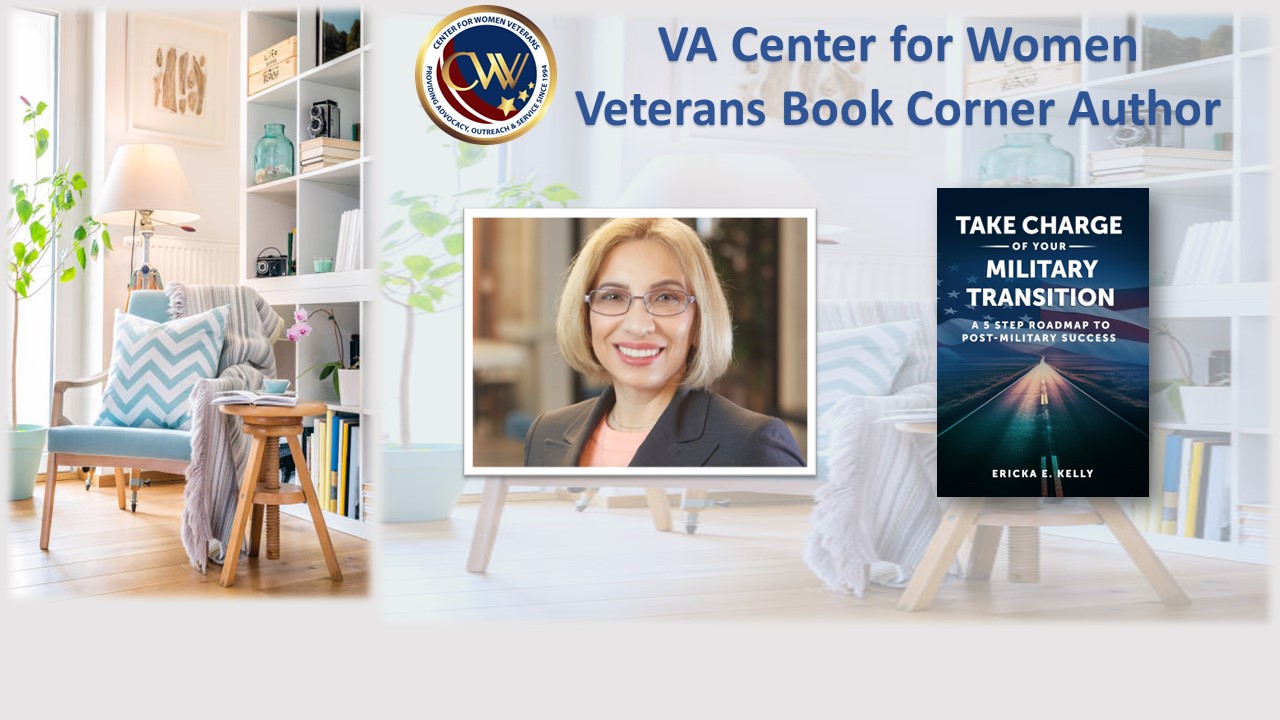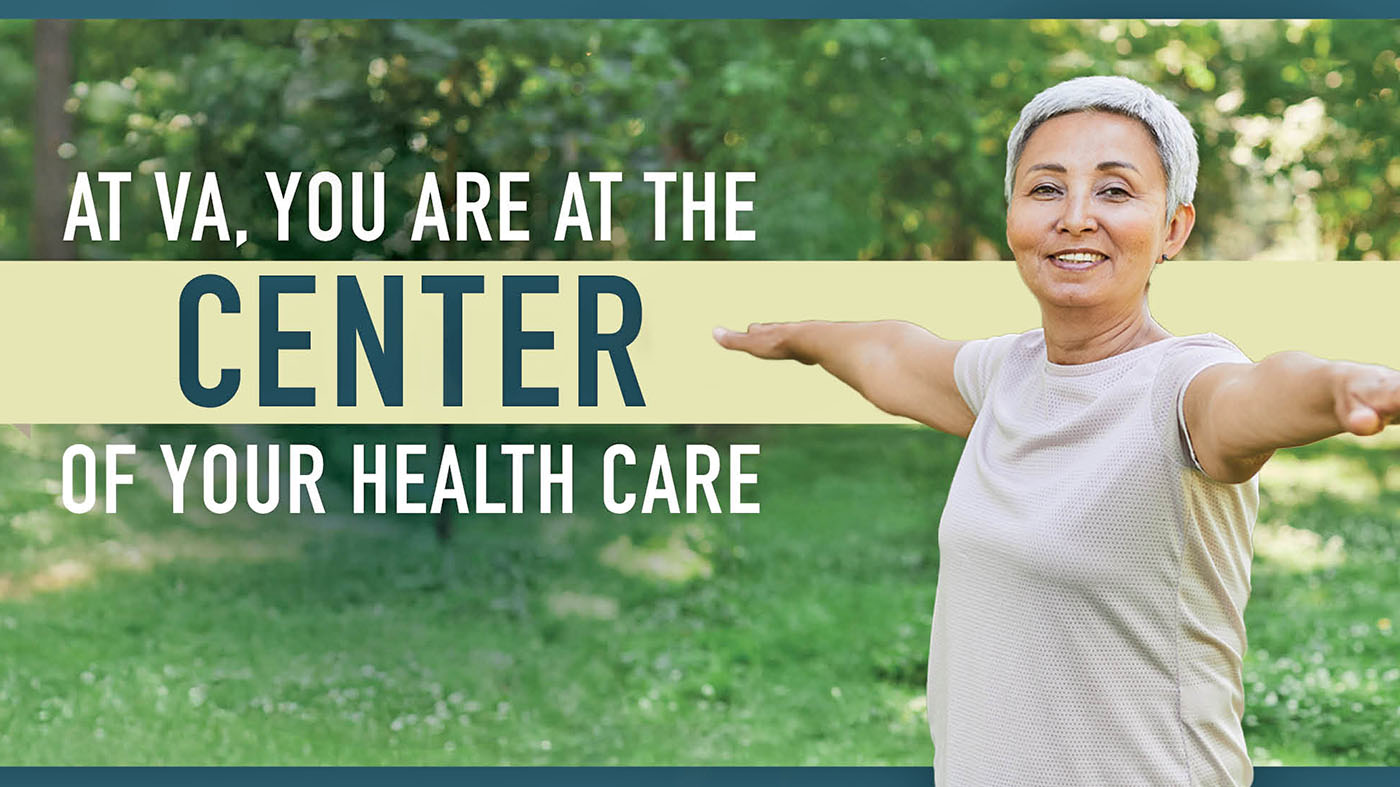The National Association of State Directors of Veterans Affairs (NASDVA) hosted an hourlong listening session earlier this month. In attendance were 12 women serving as state directors, commissioners or executives, the highest number in the organization’s history.
As women are the fastest growing demographic of the U.S. Veteran population, the achievement is seen as more than symbolic: there are nearly two million living women Veterans in the U.S. and over 30% of Post-911 Veterans are women. That’s why woman Veteran leaders from VA joined the virtual session to hear how their stories and their concerns could impact VA policy development and program initiatives.
“Today’s discussion is meant to be organic,” said Deputy Assistant Secretary for Public Affairs, Melissa Bryant, who is also a woman Veteran and facilitator of the discussion. “The goal is to listen to your questions and concerns, so we fully understand your perspective and the issues you face when serving women Veterans in your communities every day.”
Challenges across the country
Newly appointed Cabinet Secretary for New Mexico Sonya Smith expressed concerns and questions about health care at Community Based Out-based Clinics (CBOCs) in highly rural communities. CBOCs are clinics set up in communities to make access to health care easier and VA has approximately 800 CBOCs nationwide.
“With New Mexico being a largely rural state, we rely heavily on CBOCs,” Smith said. New Mexico’s CBOCs are male-dominated and “sometimes have a lack of sensitivity for women’s issues.”
Session participants discussed other issues, like compensation, memorial affairs, homelessness, military sexual trauma, mental health services, PTSD and other topics.
The session’s participants felt that bringing these topics to light was a good start and could lead to continued dialogue.
And, the benefits of the session are already paying off for some Veterans. A state representative in Michigan and the Michigan state director reached out for VA assistance on an issue, helping Veterans from that state.
VA is making it clear that the opinions of women Veterans matter, and that their voices are being heard.
Ndidi Mojay is a Marine Corps Veteran and public affairs specialist for the Office of Public and Intergovernmental Affairs.
Topics in this story
More Stories
Syracuse University’s Institute for Veterans and Military Families is helping women Veterans and military spouses launch their entrepreneurial journeys.
This month’s Center for Women Veterans Book Corner author is Air Force Veteran Ericka E. Kelly, who wrote “Take Charge of Your Military Transition.”
At VA, we put women Veterans at the center of your care with a personalized Whole Health approach for your unique needs and goals.






I have Home Loan certificates from the Army and Air Force that I earned.. It seems Realtors aren’t interested in helping a Single Woman Veteran with this kind of Loan?
[Editor: The VA home loan COE is for lenders.]
Over time some our in-service connected ailments/injuries cause us to gain a little extra weight. I am curious if I don’t require a gastro sleeve or band why can’t I get a tummy tuck, why is this not an option? I’m happy with my body just not the extra bits around my belly (post-hysterectomy). This adds to my already sc dx mh issues. I’d be open to paying a portion, that’s how much I think this should be an option available to us women.
I am a woman vet in New Mexico fighting a cancer surgery that the doctor performed that ruined my good breast. I have submitted complaints only to be laughed at by the operating doctor who is partially blind. I found out that the Doctor is blind by looking at his eye. I also believe this same doctor my be using prescription drugs while conducting these surgeries..
I would like to know why the VA will pay to have implants removed after a double mastectomy but will not remove the excess skin left behind. Why will they only do half the job?